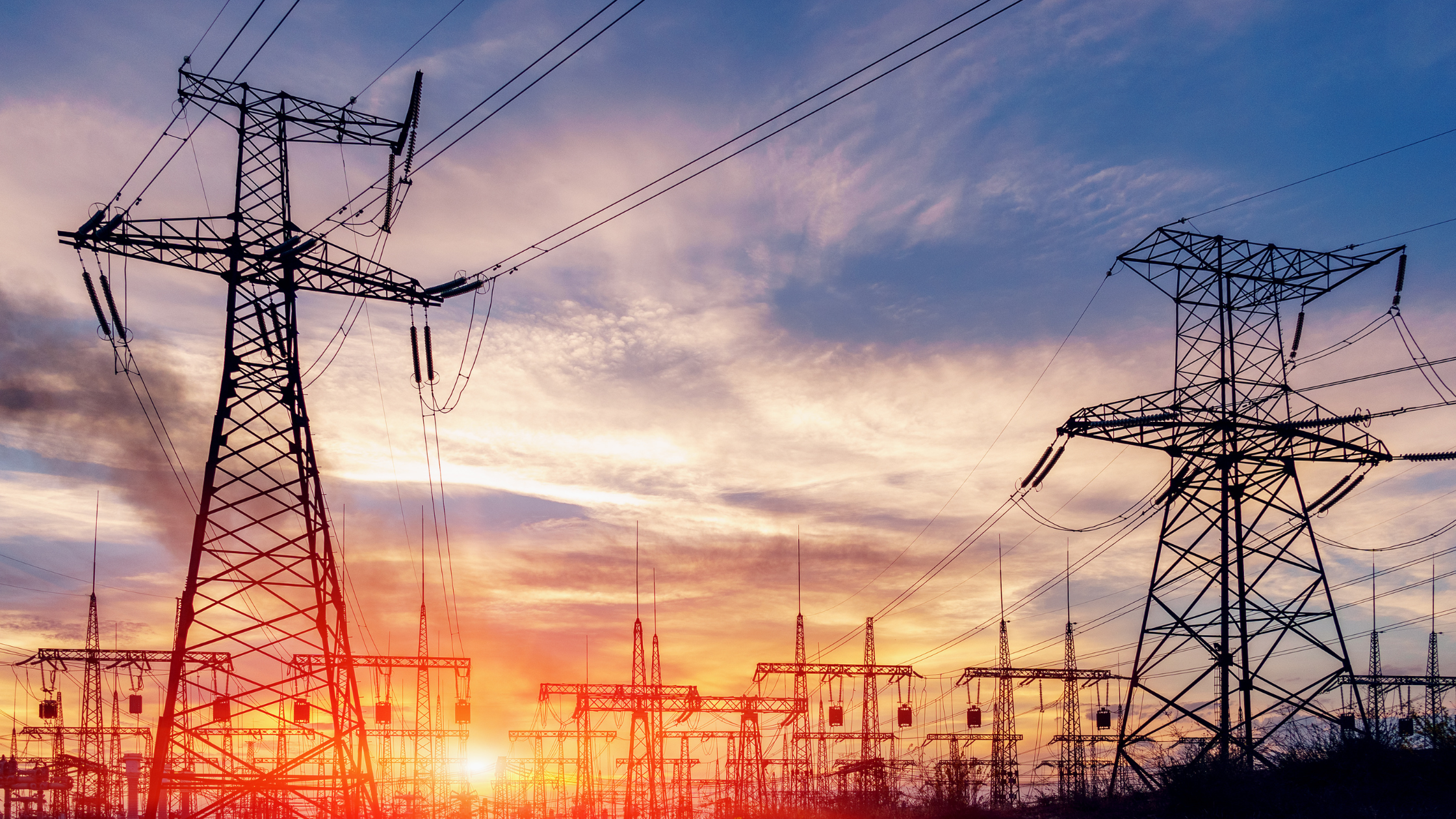New power demand from a surging industrial manufacturing sector and growth in new information technologies like artificial intelligence and distributed computing will drive significant investment in transmission and distribution infrastructure across the US in the coming years.
Estimates place the growth of US transmission and distribution infrastructure spending at roughly $27 billion, however this figure could rise under high-demand scenarios should the pace of electrification across industries accelerate and as new power demand races ahead of estimates.
In a high-growth scenario the US could expand its transmission and distribution capacity by 128% over the next decade from existing infrastructure built in 2020.
This boost in spending will, in part, be underwritten by the Bipartisan Infrastructure Law and the Inflation Reduction Act (IRA), which are the main catalysts, providing substantial federal funding for these projects.
Notably, the Grid Resilience and Innovation Partnership Programs and the Transmission Facilitation Program, which together account for $13 billion of funding aimed at enhancing grid resilience and capacity will help promote spending on new infrastructure.
The US government has also accelerated approvals for key projects like the Energy Gateway South Transmission Line across Wyoming, Colorado, and Utah, with potential to unlock up to 2,000 MW of clean energy; the Ten West Link Transmission Line from Arizona to California, with potential to unlock up to 3,200 MW of clean energy; and two segments of the Gateway West Transmission Line Project from Wyoming to Idaho, with potential to unlock up to 765 MW of clean energy.
These approvals are just the beginning of the government’s attempts to jumpstart new construction for transmission and distribution infrastructure, which, in turn, should unlock the renewable energy project pipeline that has been stalled by capacity constraints on the US power grid.
Over the next year, the government is expected to release its final reviews and designations for National Interest Electric Transmission Corridors. Projects which receive these designations will have the benefit of expedited permitting, siting, and regulatory approvals, which could further increase near-term spending from infrastructure developers.
Grid operators are already projecting spending in the tens of billions on new projects to meet coming demand. The New England Independent Service Operator, estimates that it will spend up to $1 billion per year for the next 26 years to address rising electricity demand and incorporate new renewable power. Meanwhile, the Midwest Independent Service Operator has a $23 billion dollar transmission and distribution expansion plan, which it proposed in March and is expected to be approved in September.
All of this activity means increasing demand for a range of manufacturers across the spectrum, many of which will see subsidies, grants, and tax credits from federal and state governments for expanding their operations.
The companies who can expect to see growth include:
- Conductor Manufacturers: Companies producing aluminum, copper, and new composite materials for conductors will see increased demand as new lines are constructed and existing lines are upgraded.
- Electrical Equipment Manufacturers: Firms that manufacture transformers, substations, switchgears, and other related electrical infrastructure components will benefit from expanded grid projects.
- Sensor and Monitoring Equipment Producers: The push for smarter grids increases the need for advanced sensors and real-time monitoring systems to enhance grid management and reliability.
- Utility Pole and Tower Manufacturers: Investments in expanding and enhancing the grid will necessitate more utility poles and transmission towers, benefiting manufacturers of these products.
Companies like Schneider Electric already have announced expansion plans in the US in anticipation of the growing demand. In March, Schneider Electric announced a $140 million investment to expand its U.S. manufacturing presence.
“The need for electrical infrastructure to support advanced computing and technological progress has never been greater,” said Aamir Paul, President, North America Operations, Schneider Electric, in a statement. “These investments will also support implementation of the Infrastructure Investment and Jobs Act and Inflation Reduction Act by strengthening domestic supply of products critical to boost America’s electrification transformation. They will also further position Schneider Electric as a driving force behind this country’s clean energy transition.”

